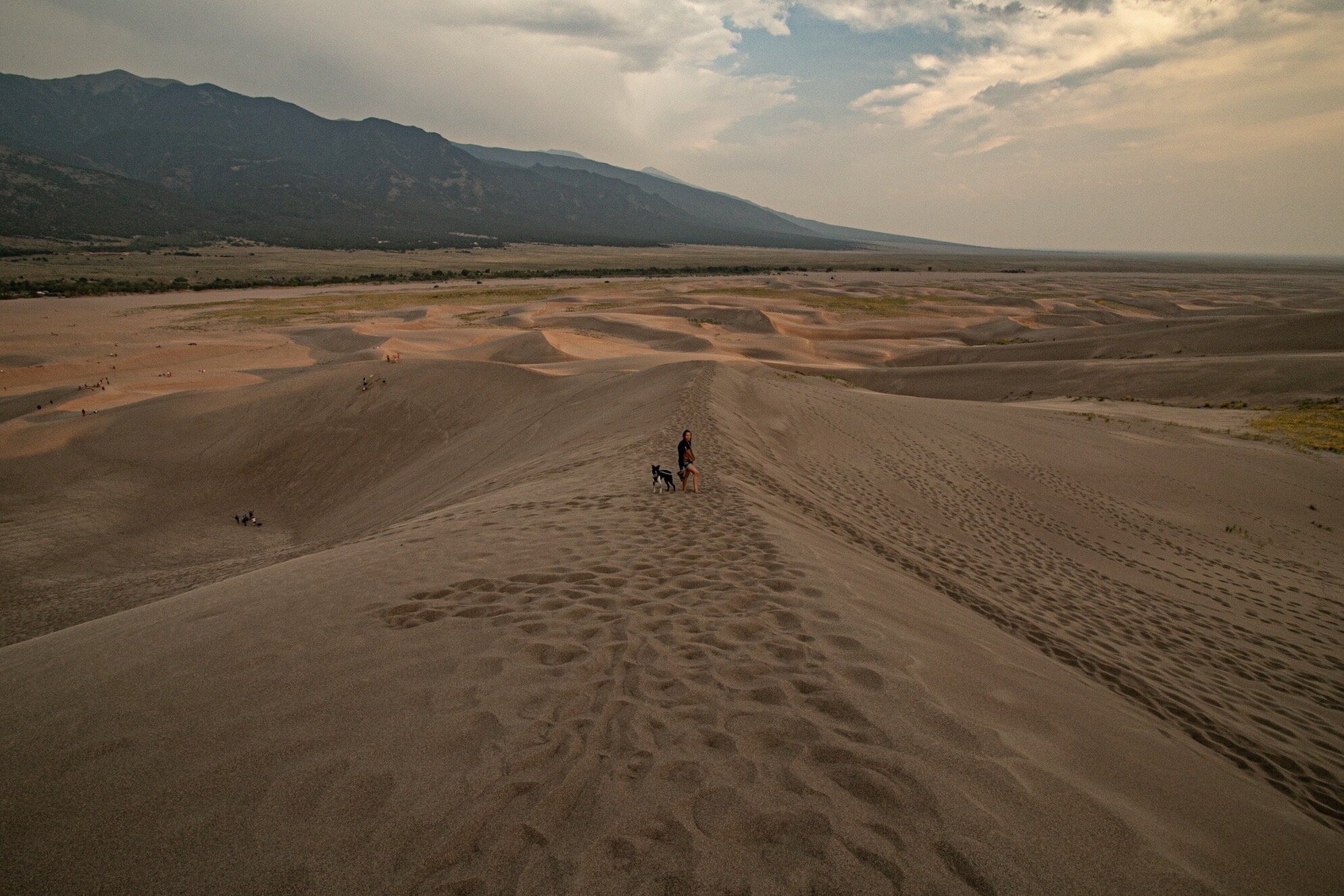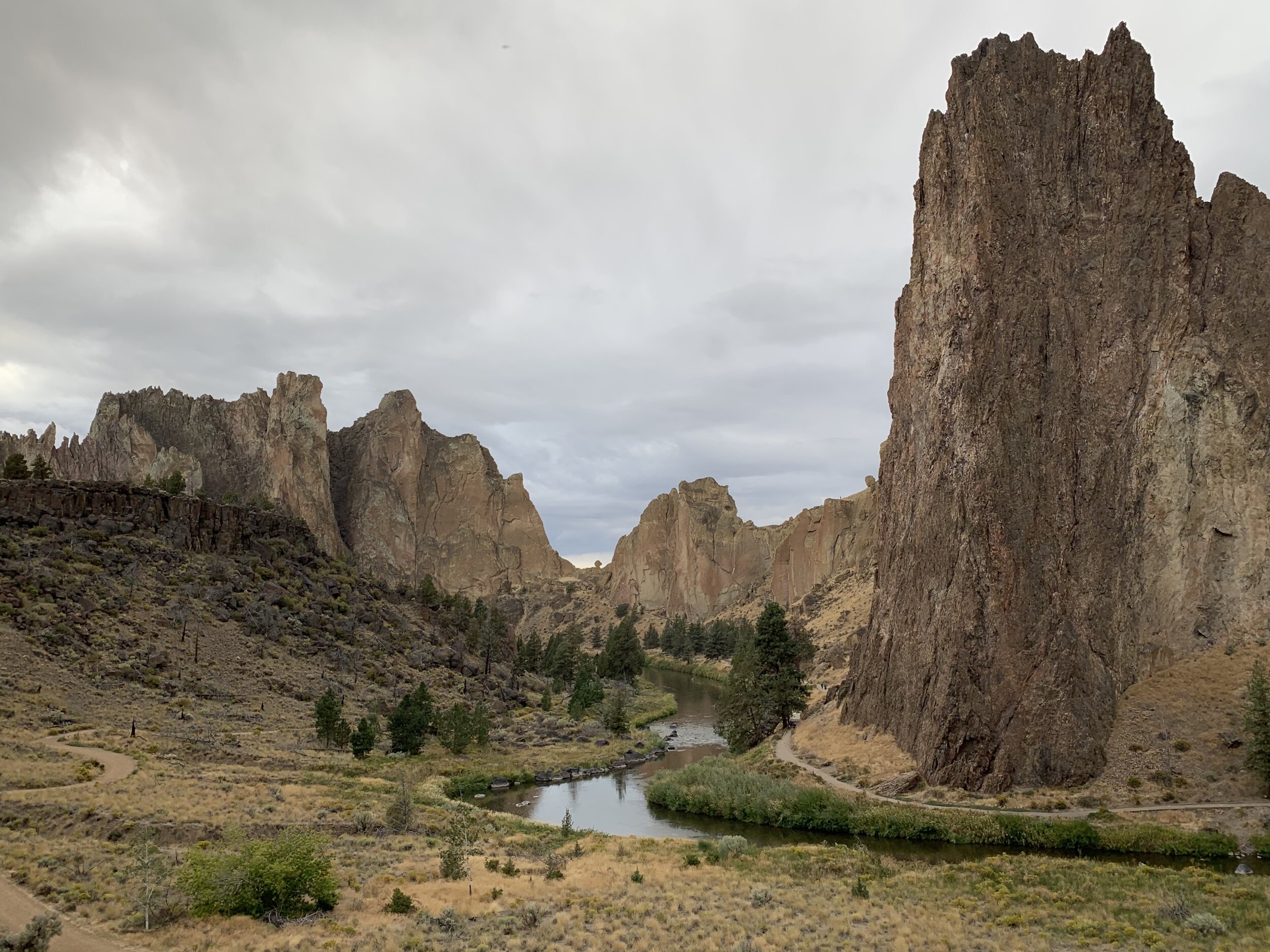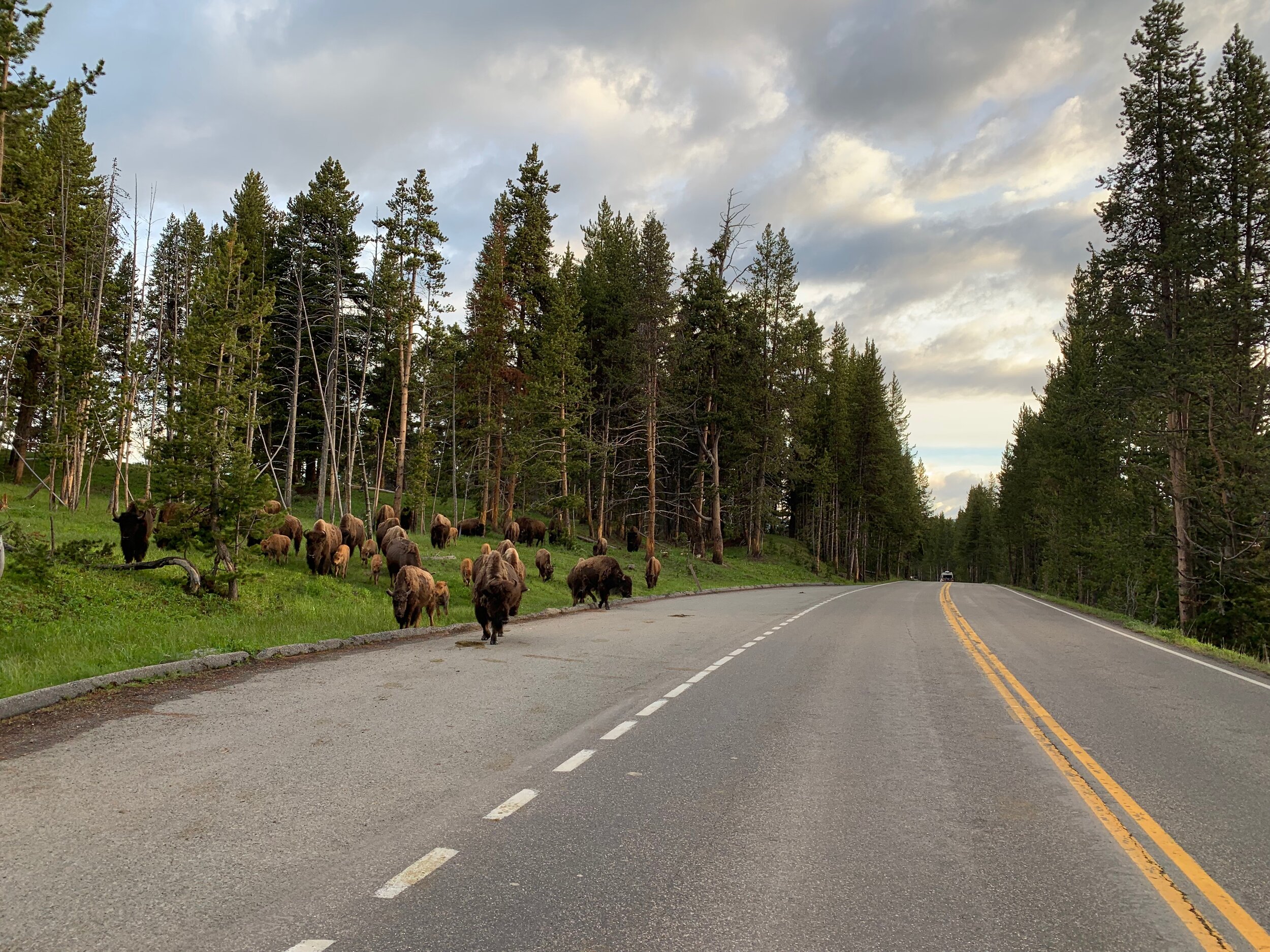One of the most common questions I get as a full time traveler is: What do you do for work? Or some variation of the question. “Do you have a job?” and “So, do you just have a bunch of money saved up?” Are common too, but the truth is, there are so many ways to make money on the road, so you can keep your trip going infinitely. I know there are so many of you wanting to do full time travel, whether that means vanlife, backpacking, or something of your own creation. Here are some of the best ways to make money on the road.
Work Online
One of the most common types of jobs on the road is a remote job that will allow you to work online while you travel. This will require you to have a fairly stable hotspot connection, or for you to stay near places that provide public WiFi. An online job can take many forms. Some people are fully employed by a company that allows them to work remotely, but some people, like myself, are self employed and part of the so-called gig economy.
My personal full time job outside of Halle’s Wandering Soul is freelance writing. I do everything from copywriting to content writing to social media, on a freelance or independent contractor basis. This makes me a small business owner, and allows me to work on my own schedule, and take days off whenever we choose to go off the grid.
I was able to take this vacation with my family with no notice given to my clients because I was able to work while on the trip.
Content Creation
This option definitely may not be for everyone, but it is a fraction of how I work on the road. Content Creation is a great option if you’re comfortable in front of a camera, and don’t shy away from pitching yourself to others. Content creation includes everything from YouTube, Instagram, TikTok, and any type of influencer work. I work with brands to promote their products, in exchange for a free product, and payment for my ad creation. Content Creation can also include affiliate links, which allow you to make a commission for helping a business make a sale through your platform.
If you’re interested in keeping this platform alive by supporting a couple of my affiliate links, or you’re just curious how they work, and what they look like, check out some of my brand partners below!
Another amazing option for content creation is Patreon, where people support you as a creator and you provide extra content to them outside of what you’re normally creating.
Content Creation is my second full time job on the road, and while it’s a ton of work, it’s also a ton of fun!
Seasonal Work
While I personally haven’t used this option, this is something a lot of my vanlife friends do on the road. When it arises that they need to make a little money, they’ll find a short term job on the road that’ll allow them to make some money in a cool place while living in their van. This means they can have a stable income for a few months, while still living rent free. There are a lot of jobs around the US and around the world that are like this, and you can find outdoorsy jobs through sites like Occupation Wild.
Run Your Own Shop
This is something a few of my friends do already (@_littleroamer is a great example), and something that I’ll be venturing into very soon! The main problem here is that you have to have enough room to keep inventory up, and have the means to ship out products while on the road as orders come in. The most effective way people generally do this is by creating one shop update a month, rather than creating certain products. This is a great option for people who want to create something more hands-on than just content.
This can include things that aren’t necessarily physical too though, such as photography prints (which can be sold through sites like Redbubble). You can also create a print on demand type of clothing line, which allows you to create products without having to hold inventory.
My shop: WANDERING SOUL COLLECTIVE will be launching on December 21. Make sure you sign up for my email list on the bottom of this page to find out when it launches!
There are so many ways to make money on the road. There are even some I didn’t list here, so think about your skills and what you enjoy, I’m sure there’s a job out there for you!
























































































